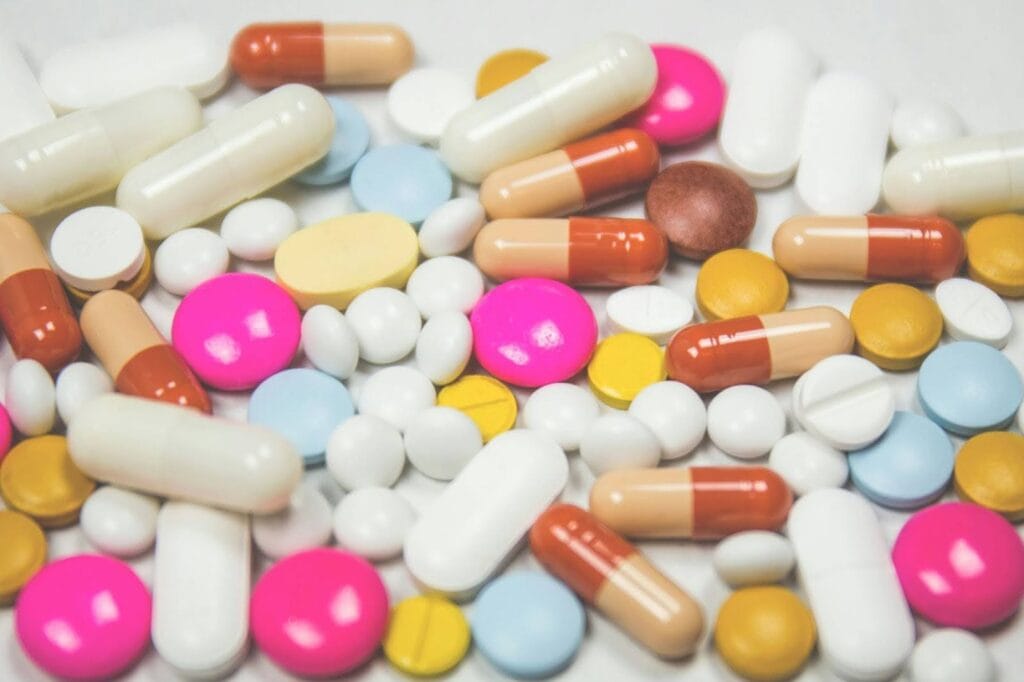Why ‘Made in America’ Meds Won’t Cure Chronic Drug Shortages

Supply chain resiliency can rescue the United States from the never-ending drug shortage crisis.
America has a drug problem. It needs more.
More for chemotherapy, more for ADHD, more for diabetes, and more for the countless other critical conditions plaguing our ailing and rapidly aging nation. This shortage leaves patients in limbo, doctors and hospital administrators exasperated, and politicians grasping for answers.
Both sides of the aisle have acknowledged the urgency with multiple congressional hearings seeking solutions to this deadly drug shortage.
At the first meeting of his new supply chain resilience council, President Biden announced plans to increase domestic production of essential pharmaceuticals through the Defense Production Act. Never one to play second fiddle, former President Trump has also advocated for bringing back production of all essential medicines if re-elected, as part of his “plan to obtain total independence from China.”
Despite this rare instance of bipartisanship, politicians clamoring to establish ‘Made in America’ drug manufacturing facilities are misguided in thinking this is the silver bullet that will deliver a long-term fix.
Much more comprehensive efforts are needed, and while the government has a role to play, the most impactful path lies with the drug providers improving the resiliency of their sometimes fragile supply chains.
A Drop in the Bucket
While Biden’s efforts on this issue are admirable, the $35 million he is allocating for the domestic production of sterile injectable medicines falls far short of the incentives that might spur a blue-chip pharmaceutical company to consider breaking ground or re-locating one of its overseas facilities.
These nickel-and-dime numbers pale in comparison to what would really move the needle from a government intervention standpoint: drastically slashing the corporate tax rate to compete with tax-friendly enclaves like Ireland, Switzerland, and Singapore. These countries are home to much of today’s manufacturing and allow companies to keep much more of their profits.
Supply Chain Snarls Know No Boundaries
Even if Washington did succeed in bringing production back to the States, any new domestic facilities would still be at the mercy of the same supply chain snarls that bedevil overseas ones.
Natural disasters hit, pulling plant capacity offline. Drug manufacturers unexpectedly go bankrupt. Regulatory agencies shut down facilities due to quality non-compliance issues. These scenarios lead to a domino effect that sees people who can’t access one type of medication forced to move onto another, thereby increasing demand for the alternative, and putting additional strain on an already fragile system.
Then there’s the minor detail of having to procure the active pharmaceutical ingredients (APIs) themselves. Due to the sources for many key starting materials (KSMs), all roads may still lead to China (albeit via India), thereby negating the reasonable prospect of achieving a self-sufficient utopia, a fact acknowledged by a 2023 congressional report.
Biden’s recent decision to allow Florida to import cheaper prescription drugs from Canada is a step in the right direction to juicing the supply side of the equation. But to treat the cause instead of the symptom, we have to look to the drug manufacturers’ supply chains.
Many organizations, including the American Medical Association, have called for pharmaceutical companies to diversify their supply chains and move away from single-site manufacturing to increase redundancy and de-risk.
Achieving Supply Chain Resiliency
A concurrent supply chain with full visibility and transparency across networks could rebalance inventories and provide forewarning of potential supply chain disruptions and their impact long before they became a problem. Global biopharmaceutical company Ipsen took this approach during the pandemic and had zero stockouts, despite demand spikes of up to 70%.
The Department of Commerce’s new Supply Chain Center and the Department of Transportation’s Freight Logistics Optimization Works (“FLOW”) program are other kinds of data-backed public-private partnerships that have the potential to build more transparency into shared supply chain networks with a view to facilitating a more reliable flow of goods.
With a dizzying array of stakeholders — including manufacturers, distributors, wholesalers, regulators, doctors, and pharmacies — drug supply chains are about as complex as they come. Getting the right products into patients’ hands when they need them is a lot more complicated and consequential than ensuring Hershey bars are on the shelves come Halloween.
However, as companies like Merck & Co. have proven, it is possible to borrow a page from the consumer-packaged goods industry, long considered the gold standard of supply chain resiliency, by adopting a digital supply chain platform to eliminate silos, make more informed decisions, and proactively manage the risks around countless ‘what ifs.’
While it’s not going to appear overnight, a stable future where patients can consistently access the medications they rely on can be achieved. It doesn’t require the wholesale creation of more U.S. production capacity or massive amounts of government intervention. We already have the power to transform supply chains and our overall healthcare system for the better.

